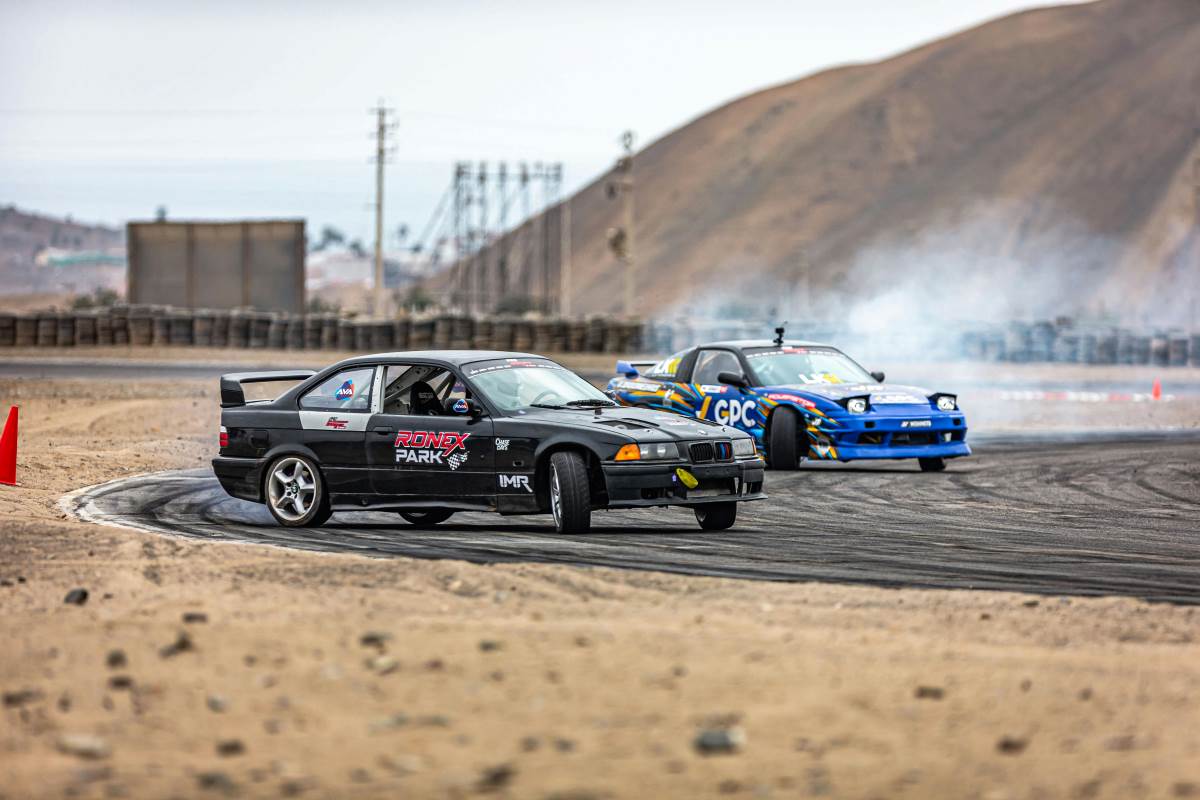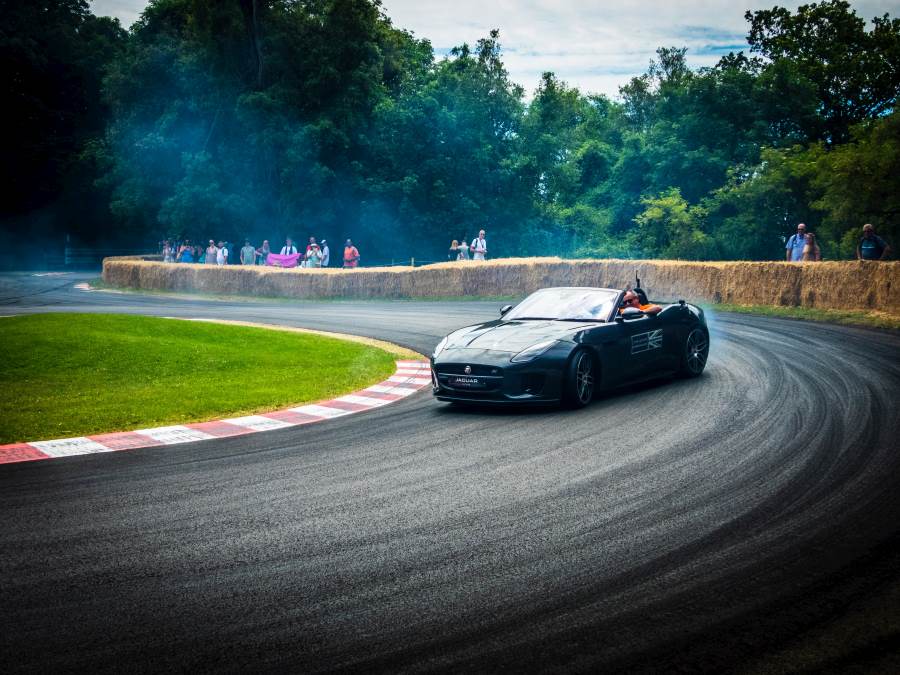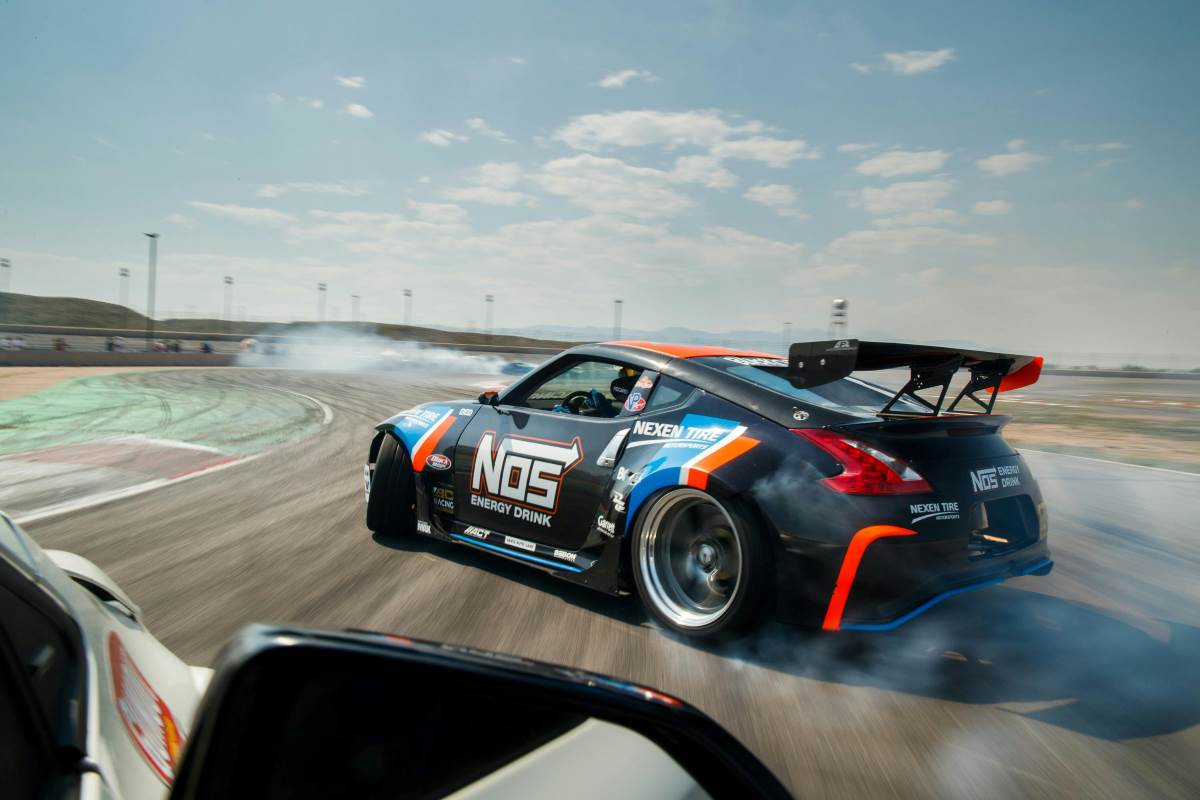9000+ Cashless
Network Garages
96% Claim
Settlement (FY23-24)
24*7 Claims
Support
Click here for new car
I agree to the Terms & Conditions

General
General Products
Simple & Transparent! Policies that match all your insurance needs.


37K+ Reviews
7K+ Reviews
Scan to download
Life
Life Products
Digit Life is here! To help you save & secure your loved ones' future in the most simplified way.


37K+ Reviews
7K+ Reviews
Scan to download
Claims
Claims
We'll be there! Whenever and however you'll need us.


37K+ Reviews
7K+ Reviews
Scan to download
Resources
Resources
All the more reasons to feel the Digit simplicity in your life!
 Tools & Calculators
Tools & Calculators


37K+ Reviews
7K+ Reviews
Scan to download
37K+ Reviews
7K+ Reviews
Our WhatsApp number cannot be used for calls. This is a chat only number.


9000+ Cashless
Network Garages
96% Claim
Settlement (FY23-24)
24*7 Claims
Support
Click here for new car
I agree to the Terms & Conditions

Add Mobile Number
Sorry!

9000+ Cashless
Network Garages
96% Claim
Settlement (FY23-24)
24*7 Claims
Support
Terms and conditions

Navigating the twists and turns of the road requires understanding the nuances of car dynamics. Among these, understeer and oversteer are terms that frequently come into play, influencing how a car responds to driver input.
So, knowing the difference between understeer and oversteer is essential as it can significantly enhance your driving experience and, more importantly, keep you safe.
Understeer occurs when a vehicle's front tyres lose traction during a turn, causing the car to continue in a wider arc than intended by the driver.
This phenomenon is characterised by a sensation of the front end "pushing" towards the outer side of the curve, resulting in a diminished ability to steer. In simpler terms, the car tends to "go wide" in a corner.
Understeer happens when you try to turn too fast, especially in front-wheel drive cars. It occurs when the front wheels lose traction because they're asked to do too much—transmit power, steer, and slow down the car.
When the front tyres fail to maintain optimal traction control, the car struggles to negotiate turns effectively. It often occurs when driving too fast for road conditions. Uneven weight distribution, especially toward the rear, can reduce the effectiveness of the front tyres in steering.
If your car understeers don't brake hard or increase steering; instead, ease off the accelerator and reduce steering angle to regain control.
Preventing and correcting understeer involves a combination of corrections, such as:

Oversteer is characterised by a tendency of the vehicle to turn more sharply than intended due to a loss of traction at the rear wheels. In practical terms, oversteer manifests as a tail-happy sensation, where the car's rear feels loose and can potentially lead to a spin.
Some drivers prefer oversteer because it allows for more dynamic control and agility, making it easier to navigate tight corners and execute precise manoeuvres.
Sudden and excessive application of power, especially in rear-wheel-drive cars, can induce oversteer. In these cars, the back wheels handle power and braking, not steering. But if too much power is applied, the back wheels can lose grip.
In extreme cases, oversteering can make the car spin out of control, like a pendulum around the front. Professional drivers might intentionally do controlled oversteer, called 'power sliding' or 'drifting,' but it's risky if you're not skilled.

Managing oversteer involves a careful balance of adjustments and corrections, such as
To fix a slide caused by too much acceleration, smoothly let off the throttle to eliminate the issue. If the drift angle is highly pronounced, engage the clutch to disconnect all torque from the rear wheels, preventing the car from spinning completely.
In a lift-off oversteer, a lack of rear-end weight causes a problem. Smooth acceleration helps transfer weight to regain grip, but it needs ample space. In limited space, if oversteer is unavoidable, quickly press the clutch (if manual) and brake hard to stop.
Changing how you drive based on the current conditions can make driving safer and give you more control, here are some driving tips:
Understanding the dynamics of understeer and oversteer is paramount for drivers seeking optimal control and safety on the road. By grasping the causes and corrective measures for both phenomena, drivers can confidently navigate challenging conditions, ensuring a smoother and more enjoyable driving experience.
Typically, understeer is safer and more manageable than oversteer. When correcting corners, understeer is faster compared to oversteer.
Typically, understeer is safer and more manageable than oversteer. When correcting corners, understeer is faster compared to oversteer.
Enthusiast or experienced drivers often prefer oversteer.
Enthusiast or experienced drivers often prefer oversteer.
Yes, Formula 1 (F1) cars can experience understeer. Various factors contribute to the occurrence of understeer and oversteer in these vehicles. The configuration of the suspension system is a crucial factor among them.
Yes, Formula 1 (F1) cars can experience understeer. Various factors contribute to the occurrence of understeer and oversteer in these vehicles. The configuration of the suspension system is a crucial factor among them.
Please try one more time!
Other Important Articles About Different Car Parts
Other Important Articles about Car Insurance
Have queries related to Digit motor insurance policy? You can refer to our Policy Wordings for detailed information or reach out to our support team via WhatsApp self-support, email or phone using the information below:
Connect with our self-serve chat bot support - 7026061234
Write to us at hello@godigit.com
Contact
Call us on 1800-258-5956
Other Motor Insurance Plans and Guides
Currently there are no news to show.
Read More
Renew & Download Policy Document, Check Challan, Credit Score, PUC & more
Anytime, Anywhere. Only on Digit App!

4.8
Rated App60K+ Reviews
4.8
Rated App
60K+ Reviews
4.3
Rated App12K+ Reviews
4.3
Rated App
12K+ Reviews
Scan to Download


Author: Team Digit
Last updated: 02-07-2025
CIN: L66010PN2016PLC167410, IRDAI Reg. No. 158.
Go Digit General Insurance Limited | Corporate Office Address: Atlantis, 95, 4th B Cross Road, Koramangala Industrial Layout, 5th Block, Bengaluru 560095 | Registered Office Address: 1 to 6 floors, Ananta One (AR One), Pride Hotel Lane, Narveer Tanaji Wadi, Shivaji Nagar, Pune-411005, Maharashtra | Trade logo of Go Digit General Insurance Ltd. displayed above belongs to Go Digit lnfoworks Services Private Limited and is provided and used by Go Digit General Insurance Ltd. under license.
Explore exclusive features, file claims & access policy on Digit App!
You can also scan this QR code to download the App.